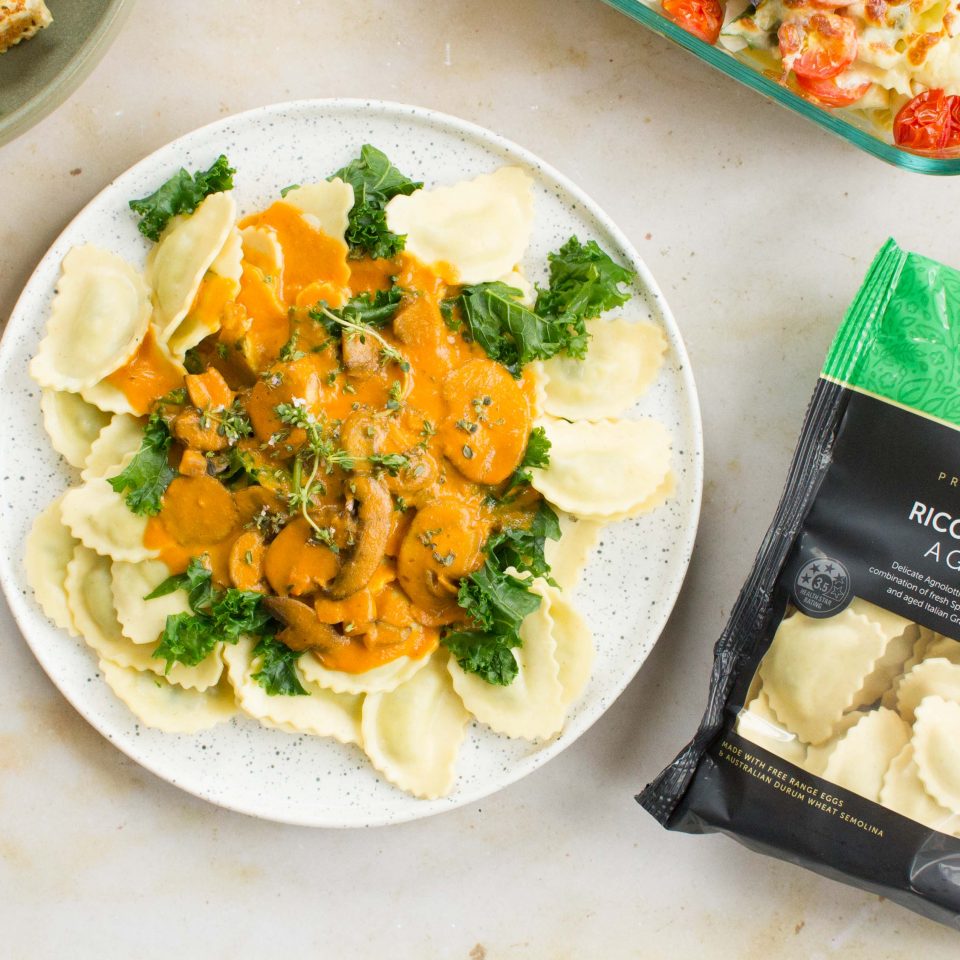

Exploring the History of Pasta: From Ancient Roots to Modern Marvel
Pasta, one of the world's most beloved and versatile foods, has a history that stretches back for centuries. This humble dish, made from just two ingredients - flour and water - has evolved and adapted over time to become a global culinary sensation. From its ancient origins to its modern incarnations, the story of pasta is a fascinating journey through time and across cultures.
Ancient Beginnings
The exact origins of pasta are a topic of debate among historians. While Italy is often associated with pasta, its history actually extends far beyond the borders of the Italian peninsula. Some of the earliest evidence of pasta consumption comes from China, where noodles made from millet and rice have been found dating back to around 2000 BC. In ancient Greece, a dish called "lagana" was made from sheets of dough, which closely resembled what we now know as lasagna. The Etruscans, a pre-Roman civilization, are believed to have had a form of pasta in their diet as well.
The Roman Connection
The Romans were known for their love of food, and pasta was no exception. In fact, they had a dish called "laganum," which was similar to the lasagna of today. It consisted of layers of pasta, sauce, and other ingredients. This demonstrates how pasta has been a part of Mediterranean cuisine for centuries. In fact, the word "lasagna" is believed to have originated from the Greek word "lasanon," meaning a container or a stand for a pot.
Medieval Europe and the Arab World
As the Roman Empire declined, pasta continued to be a staple in the Mediterranean and Middle Eastern regions. During the Middle Ages, it was the Arab traders who played a crucial role in the spread of pasta. They introduced dried pasta to Europe, specifically Sicily, which had a significant influence on Italian cuisine.
The Renaissance and the Birth of Modern Pasta
The Renaissance brought about a revolution in pasta-making. It was during this period that pasta began to take on various shapes and sizes, including the familiar spaghetti, penne, and farfalle we know today. The introduction of the tomato, brought from the New World to Italy in the 16th century, played a pivotal role in the development of pasta dishes like spaghetti with tomato sauce.
Pasta Today: A Global Phenomenon
Today, pasta is not limited to Italy; it has become a worldwide sensation. The United States, in particular, has embraced pasta in numerous forms, from classic spaghetti and meatballs to more innovative dishes like mac 'n' cheese. In Asia, you'll find dishes like ramen, udon, and soba, showcasing the adaptability of pasta in different cultures.
In Australia, pasta is a culinary cornerstone. The influence of Italian immigration has left an indelible mark on Australian cuisine. Australians savour a wide range of pasta dishes, from simple spaghetti Bolognese to more elaborate creations like seafood linguine or pumpkin and sage ravioli. Pasta has found its place in the hearts and on the tables of many Australians, proving that it transcends national boundaries.
The Craftsmanship of Pasta Production
While pasta was once made by hand, the industrial revolution in the 18th century brought about the development of pasta-making machines. These machines allowed for mass production, making pasta more accessible to a wider audience.
Conclusion: Pasta's Timeless Appeal
The history of pasta is a testament to its enduring popularity. Whether you prefer classic Italian pasta dishes, exotic Asian noodles, or innovative pasta creations, it's clear that pasta has transcended time and borders to become a beloved global culinary treasure. From its humble beginnings in ancient civilizations to its modern incarnations, pasta continues to delight taste buds and bring people together around the dining table, proving that it's much more than just a meal—it's a shared experience that bridges cultures and generations.






